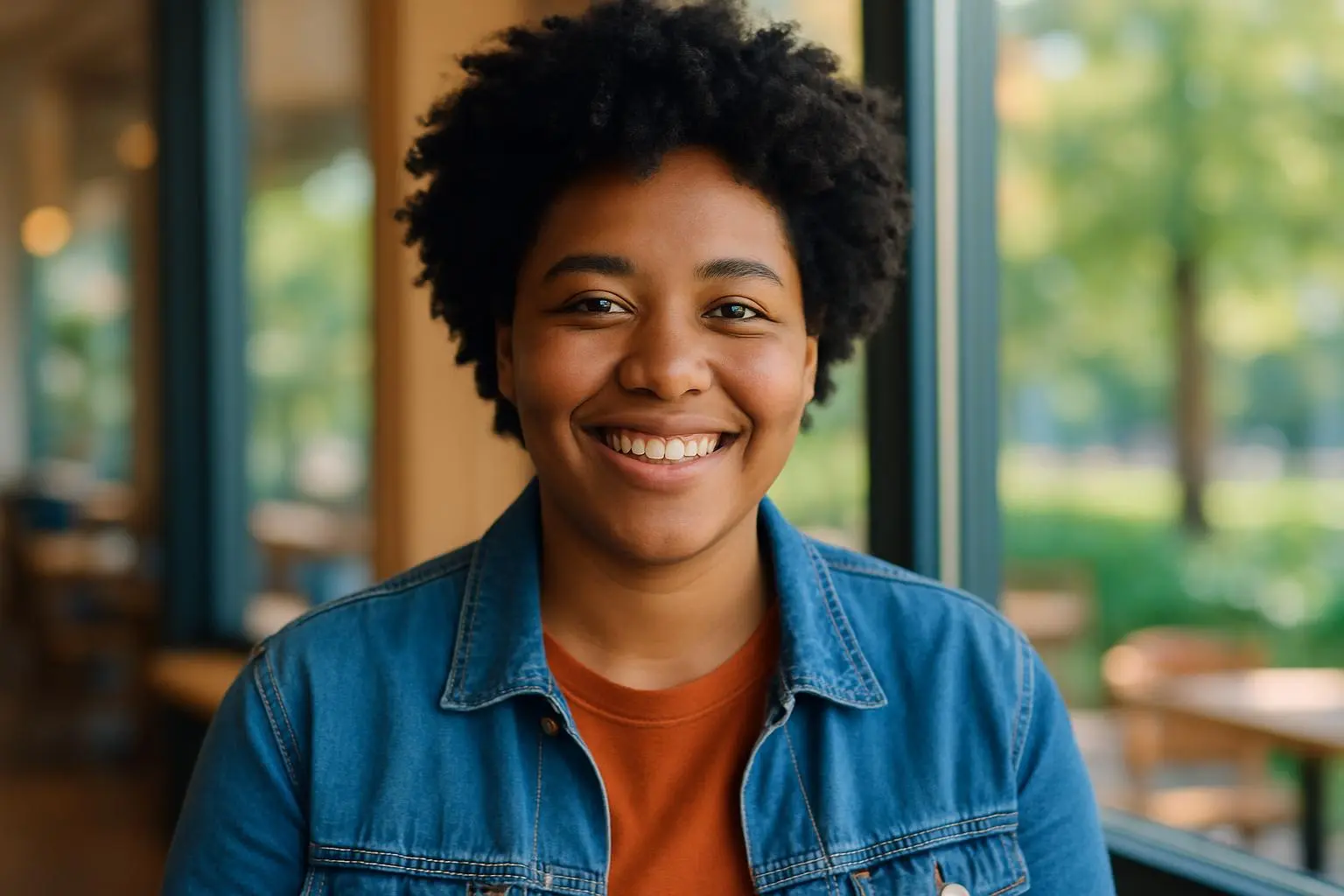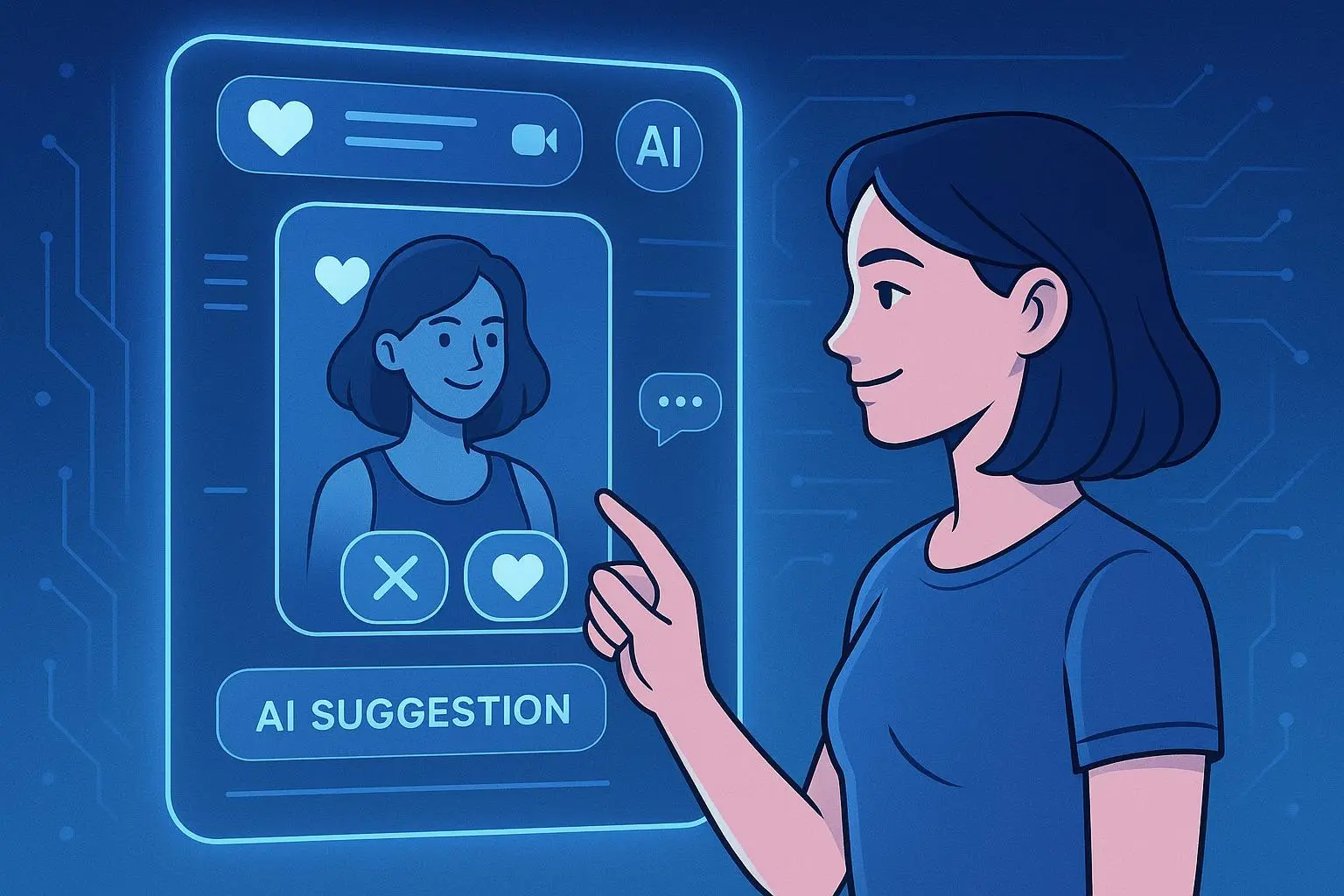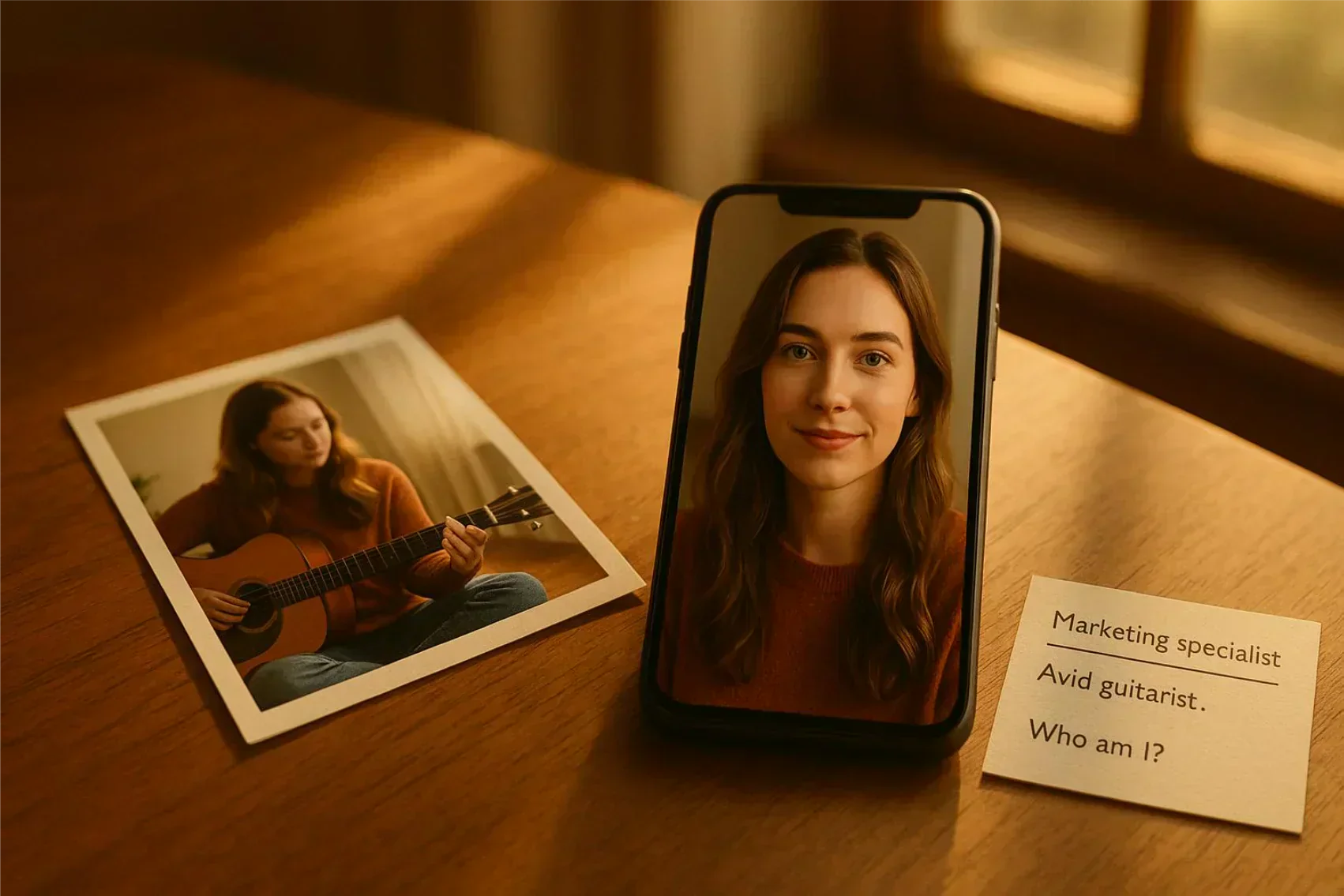
Choose Dating Photos That Boost Your Matches Fast
Published on 12/27/2024 • 6 min read
I remember swapping a blurry, dim selfie for a sunlit headshot a friend took. Within a week my matches tripled—not because I looked like a movie star, but because my photos finally showed who I was: relaxed, approachable, and actually present. Small, deliberate photo choices pay dividends: it’s less about playing a part and more about showing the best, most honest version of yourself.
In this guide I’ll walk you through how to pick photos that flatter you, tell your story, and actually get people to swipe right. These are field-tested strategies I’ve used and refined with friends, photoshoots, and plenty of trial-and-error on dating apps. I’ll cover technical fixes that reliably make images look better, the kinds of shots to include (and why), common mistakes that quietly tank your chances, and practical testing methods so you can measure what’s working. I’ll also note the tools I’ve tried and how I used them—transparent and practical, not pushy.
Why photos matter more than you think
Dating apps force quick visual judgments. In seconds someone decides whether to read your bio or keep scrolling[1]. That first image isn't just aesthetic—it's a social promise: a cue about your personality, lifestyle, and whether you'll be enjoyable to meet.
When I helped friends revamp profiles, the fastest wins came from three things: clarity (can people see your face?), context (do photos show you living a life?), and honesty (do photos match who you are in person?). One friend’s primary headshot swap produced a 3x increase in messages within seven days; another doubled his weekly matches after adding a clear full-body shot and an activity photo over two weeks. Nail those and you’ll not only increase matches—you’ll attract better ones.
The photo lineup I recommend
Think of your profile as a short visual story. Aim for five to seven images that together show your face, body, interests, social life, and a candid moment. Below is a practical sequence that works for most people.
Primary headshot: make it inviting
Your first image is everything. Make it recent and crop to just above the chest. A natural smile—warm, not overly posed—wins. Technical basics: shoot near a window for soft light, hold the camera at or slightly above eye level, and avoid sunglasses or heavy filters. If possible, have a friend take the shot from a few feet away; distance reduces wide-angle distortion and feels more natural.
Full-body photo: honesty builds trust
A clear, recent full-body shot tells people what to expect and reduces awkward surprises later[2]. Casual, natural framing works best—walking in a park or standing near a textured wall. Wear clothing that fits well; confidence shows through fit more than fashion trends.
Activity photo: show rather than tell
Action shots—cooking, playing an instrument, hiking—are conversation starters. Authenticity matters: use photos where you’re genuinely engaged rather than dramatically posing. One candid of me making coffee at a market sparked dozens of messages from café lovers.
Social photo: subtle social proof
A picture with friends signals you’re social and likable. Be the prominent figure and avoid large groups or confusing cropped shots. Keep this later in the lineup so it supports, rather than hides, your identity.
Travel or backdrop photo: convey curiosity
Travel images are often high-quality and aspirational. Make sure you’re the main subject—no tiny figures in front of landmarks. A sunset shoreline shot or a colorful alleyway image hints at curiosity without bragging.
Pet or playful photo (if genuine)
If you have a pet and the relationship is real, include one shot. Pets act as emotional shorthand for care and responsibility. My dog photo consistently ranks among the highest in engagement.
One candid, imperfect photo
A slightly blurry or in-motion image that captures a real laugh or reaction can humanize your lineup. Use at least one imperfectly beautiful photo to show spontaneity.
Lighting, angles, and small technical details
You don’t need a DSLR—just awareness. Natural light generally flatters more than harsh artificial light. Soft window light or open shade works well; shoot during morning or late afternoon if possible. Hold the camera several feet away or use a tripod to avoid wide-angle distortion. Avoid hard overhead sun and busy backgrounds that steal attention.
What to avoid—and why it hurts
Certain photos consistently harm engagement: sunglasses or hats in the primary image (they hide eyes); bathroom/mirror selfies as the main photo (they read as lazy); shirtless gym selfies (they can feel performative); heavy filters and dramatic retouching (they break trust); and outdated images (they set misleading expectations). When friends swapped out these images for honest, well-lit alternatives, their match quality and message rates improved within a week or two.
How to test between 2–3 good shots
Testing is the most reliable path to improvement. Use a simple routine: run your current profile unchanged for seven days and note matches/messages as a baseline. Then swap only the primary headshot with a candidate image and run another seven-day test. Compare real outcomes. Repeat tests and change one variable at a time—small sample sizes are noisy, so repetition matters.
Tools for blind feedback
Audience-based rating tools can help when you can’t decide. I’ve used Rizzman’s Photo Rater and Photofeeler to get blind feedback; both provide actionable insights.[3][1] Disclosure: I’ve used Rizzman personally and found its feedback quick and helpful, but it’s one tool among many. I recommend trying a blind-rating service if you’re unsure—treat it as data, not gospel.
Styling, grooming, and color choices
Outfits should reflect your authentic self. Prioritize fit and comfort; clothes that fit read as confident. Bold colors that complement your skin tone help you stand out, but avoid overwhelming patterns. Grooming is polish over perfection—clean hair, trimmed facial hair, and neat attire signal effort and respect.
Balancing authenticity with optimization
Editing can improve clarity—brightness, cropping, and subtle color correction are fine. But avoid retouching that changes your face or body shape. Aim for “the best version of who I am,” not a filtered fiction.
Quick upload checklist
Before you hit save, confirm your primary image is recent and clearly shows your face, you have at least one full-body shot, the photos show variety (face, body, activity, social), and you’d be comfortable meeting someone expecting to look exactly like these photos.
Personal anecdote
A few years ago I agreed to help a shy friend rebuild his profile. He sent me a set of photos: five near-identical selfies taken from the same angle, all under a kitchen light. I suggested reshooting two images—a headshot by a north-facing window and a candid of him walking a local trail. We spent thirty minutes, used a 3-second timer, and I made him laugh so his smile loosened. He swapped the old opener for the new headshot and added the trail image third. Within ten days his matches nearly doubled and the messages shifted from generic “hey” to specific comments about hiking spots and the jacket he wore. The lesson for me was clear: small, honest swaps that improve light and context change how people experience someone before they ever say hello.
Micro-moment (30–60 words)
Micro-moment: I uploaded a single new headshot late one Tuesday and woke to a message that mentioned “your smile in the second photo”—someone noticed a detail I thought was small, and it started a conversation that lasted weeks.
Final thoughts and a practical nudge
Optimizing dating photos is partly technical, partly psychological, and largely about honesty. Treat your profile like a short, visual conversation—friendly, clear, and honest—and the right people will respond. Small changes can produce big results: in my experience and in the cases I’ve coached, measurable improvements often show within one to two weeks of making a focused swap and testing.
If you want external feedback, consider a blind-rating service such as Rizzman’s Photo Rater or Photofeeler.[3][1] I’ve used Rizzman and recommend it as a useful data point—try it if you need quick, unbiased input.
Good luck—take a deep breath, pick your five best photos, and put your story on display.
References
Footnotes
-
Photofeeler Blog. (n.d.). How to take attractive online dating profile pics at home. ↩ ↩2 ↩3
-
eHarmony. (n.d.). Dating profile pictures: Advice and examples. ↩
-
Photofeeler. (n.d.). Photofeeler: Test photos and get blind feedback. ↩ ↩2
Ready to Optimize Your Dating Profile?
Get the complete step-by-step guide with proven strategies, photo selection tips, and real examples that work.


